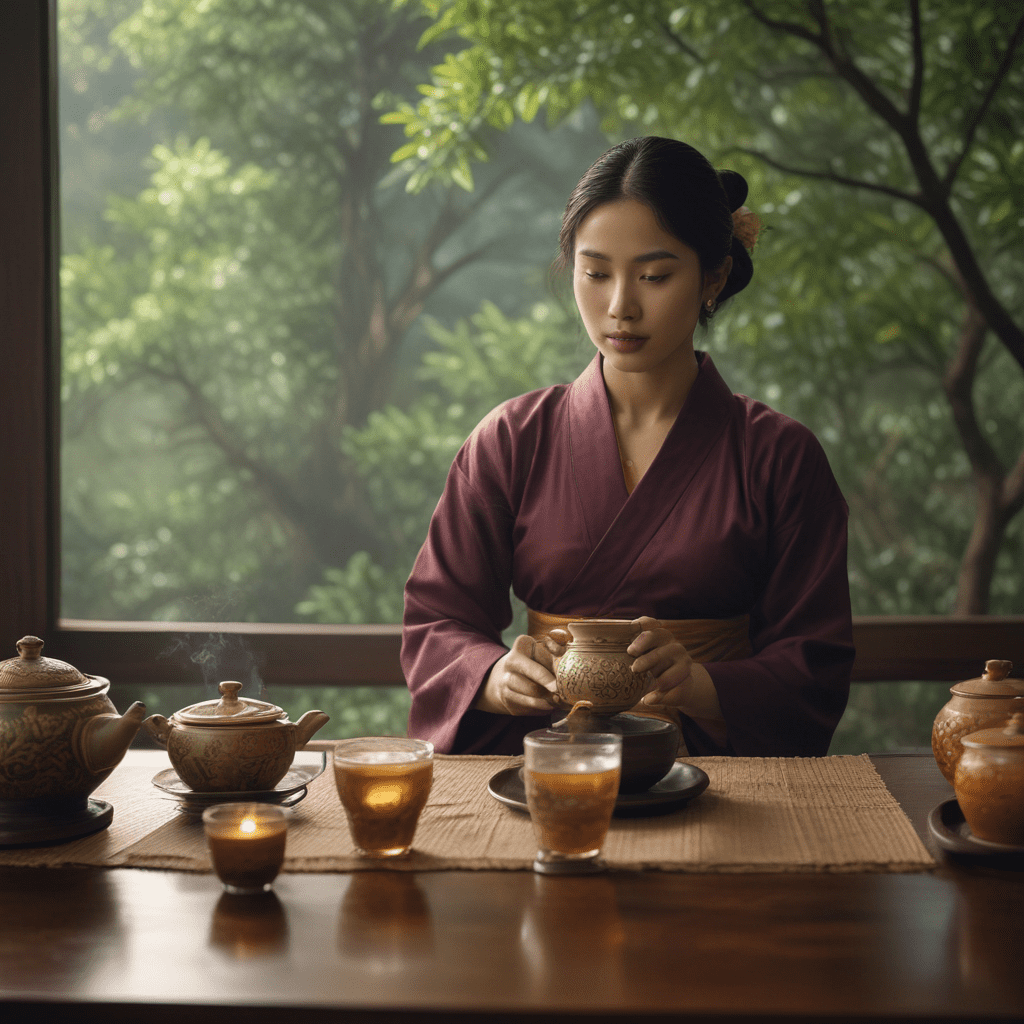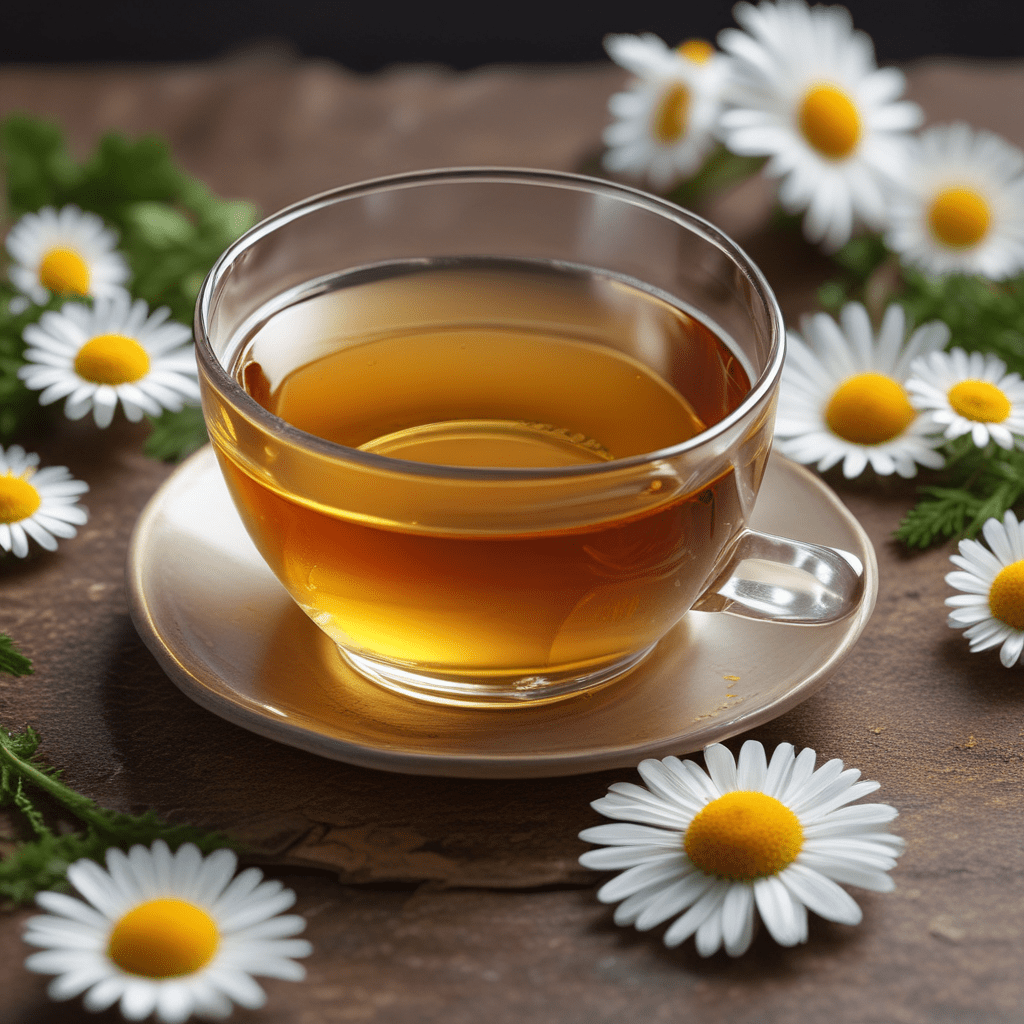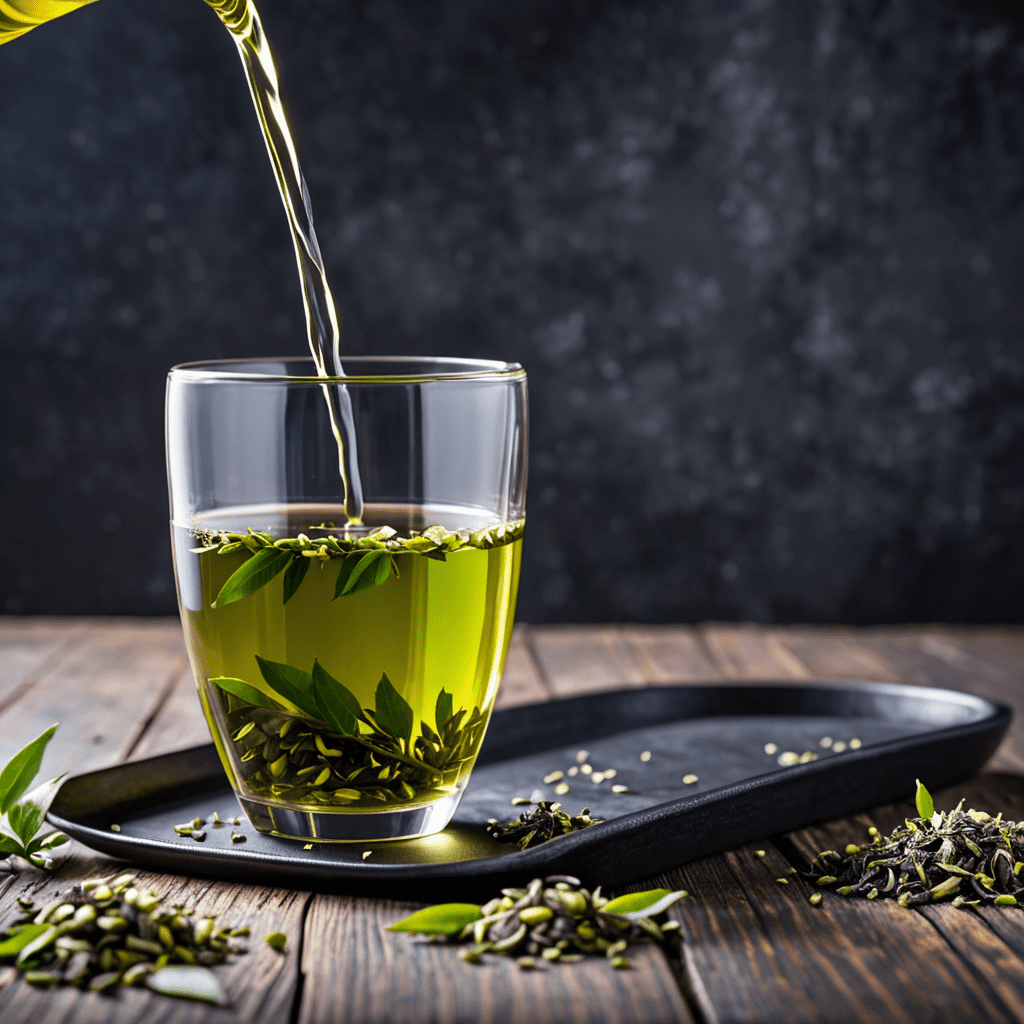
The Heritage of Ceylon Tea: Origins and History
Nestled in the verdant hills of Sri Lanka, Ceylon tea holds a place of reverence in the global tea landscape. Its origins trace back to the mid-19th century when Scottish planters introduced tea plants to the island. The favorable climate and fertile soil proved ideal for tea cultivation, and over the years, Ceylon tea has become synonymous with premium quality and exquisite flavor.
Crafting the Perfect Cup: Tea Leaves and Preparation
The meticulous process of crafting a perfect cup of Ceylon tea begins with the careful selection of tea leaves. Ceylon tea is primarily produced from the Camellia sinensis assamica variety, known for its robust and full-bodied character. The leaves are handpicked and sorted according to their grade, with the highest grades yielding the finest teas.
Traditional Ceylon Tea Ceremony Etiquette
The traditional Ceylon tea ceremony is an elegant ritual steeped in centuries-old customs. It is typically performed by a skilled tea master who guides guests through a series of steps designed to enhance the sensory experience. The ceremony involves the precise preparation of tea, accompanied by graceful movements and respectful gestures.
Modern Variations on the Ceylon Tea Ceremony
While the traditional Ceylon tea ceremony remains a cherished tradition, modern variations have emerged to cater to contemporary tastes and preferences. These variations often incorporate elements from other cultures, such as Western tea customs or Asian tea rituals. The focus remains on creating a harmonious and immersive experience, but with a touch of innovation.
Sensory Exploration: Flavors, Aromas, and Textures
The Ceylon tea ceremony is not merely a social gathering but also a sensory exploration. Each sip reveals a symphony of flavors, from the subtle bitterness of the tea leaves to the sweet undertones of honey or spices. The rich aroma of freshly brewed tea tantalizes the senses, creating an ambiance of warmth and relaxation. The delicate texture of the tea leaves, as they unfurl in the hot water, adds a tactile dimension to the experience.
Rituals and Symbolism: Meaning Behind the Movements
The Ceylon tea ceremony is more than just a social activity; it is a ritual imbued with deep symbolism. Each step, from the graceful pouring of tea to the gentle stirring of the leaves, holds significance. These movements echo the rich cultural heritage of Sri Lanka and connect participants to a shared sense of history and tradition.
Social Significance: Tea Ceremonies in Sri Lankan Culture
Tea ceremonies play a vital role in Sri Lankan social life. They are held to mark special occasions, foster relationships, and create a sense of community. Whether it's a family gathering, a business meeting, or a cultural festival, tea ceremonies offer a space for social interaction, relaxation, and the exchange of ideas.
Cultural Influences Around the World on Ceylon Tea Ceremonies
Over time, the Ceylon tea ceremony has absorbed influences from various cultures worldwide. British colonial rule introduced Western tea customs, while interactions with neighboring countries in Asia inspired the incorporation of Zen Buddhist elements and Japanese tea ceremony techniques. These cross-cultural exchanges have enriched the Ceylon tea ceremony, making it a tapestry of diverse traditions.
Contemporary Trends: Innovation and Adaptation
In recent years, the Ceylon tea ceremony has undergone a process of innovation and adaptation. While preserving its traditional core, contemporary tea ceremonies often incorporate modern elements, such as tea cocktails, fusion tea blends, and interactive tea experiences. These innovations cater to the evolving tastes and preferences of a global tea audience.
Preserving a Cultural Legacy: Tradition and Innovation Fused
The Ceylon tea ceremony is a living tradition that continues to evolve while honoring its roots. By embracing both tradition and innovation, tea enthusiasts ensure the legacy of this cultural practice, preserving its essence while making it accessible to future generations. The Ceylon tea ceremony stands as a testament to the enduring power of cultural heritage, connecting people through the shared ritual of tea.
Frequently Asked Questions (FAQs)
Q: What is the best way to prepare Ceylon tea?
A: Ceylon tea is traditionally prepared using loose leaves and a teapot. Steep the tea leaves in hot water for 3-5 minutes, depending on your desired strength. Do not over-steep, as this can result in a bitter taste.
Q: What are the different grades of Ceylon tea?
A: Ceylon tea is graded based on the size and appearance of the leaves. The highest grade is Orange Pekoe (OP), followed by Broken Orange Pekoe (BOP), and Pekoe (P).
Q: Can I add milk or sugar to Ceylon tea?
A: Traditionally, Ceylon tea is served black without any additions. However, you may add milk or sugar if desired. It's a personal preference, and there's no right or wrong way to enjoy your tea.
Q: What is the best time to have a Ceylon tea ceremony?
A: Ceylon tea ceremonies can be held at any time of day, but they are often held in the afternoon or evening. It's a perfect way to relax and unwind after a long day.
Q: Where can I learn more about Ceylon tea ceremonies?
A: There are many resources available to learn more about Ceylon tea ceremonies. You can find books, articles, and videos online or visit a tea shop or cultural center that offers workshops.


